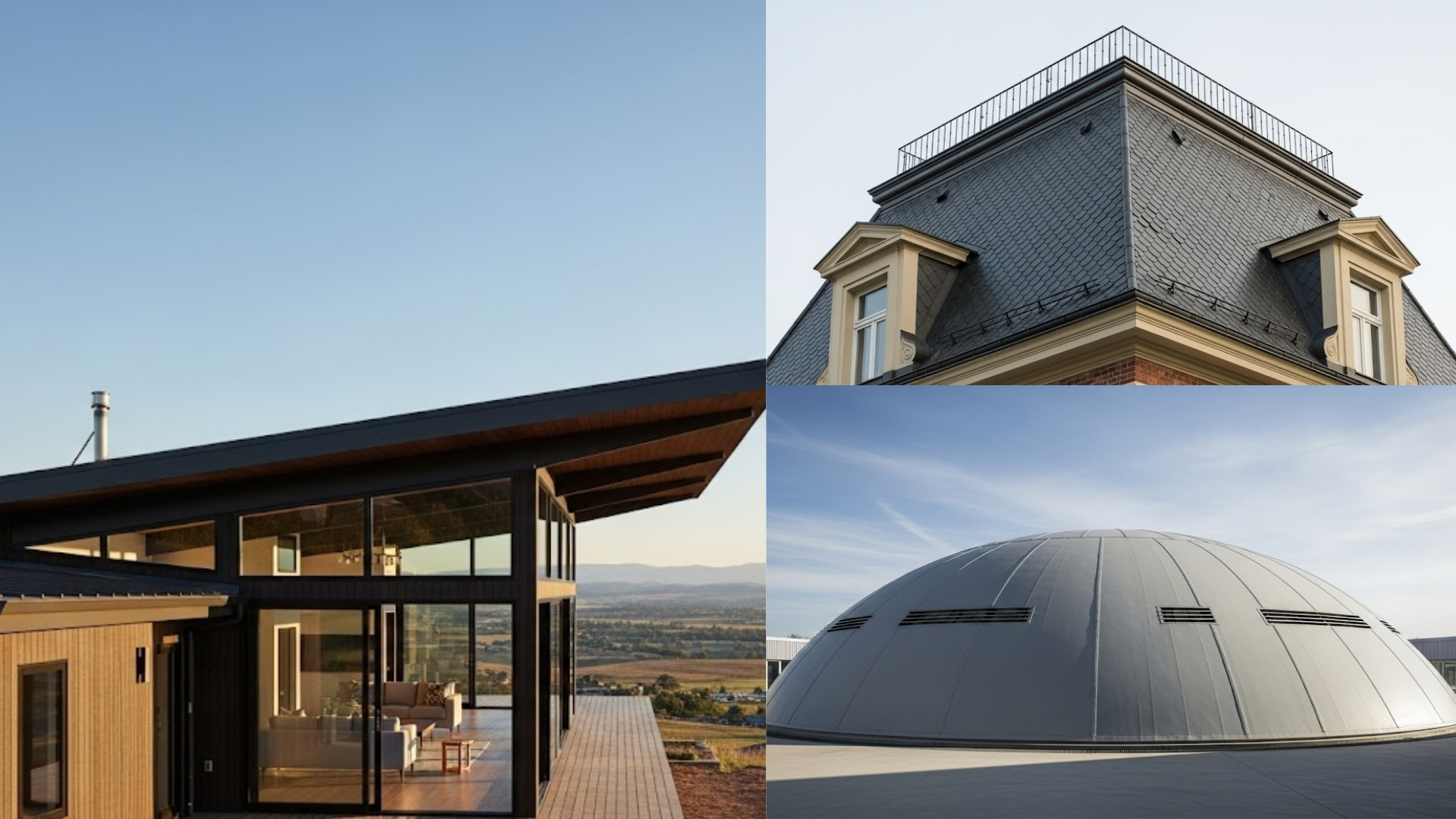Choosing the right roof for your home is one of the most important decisions I can help you make. It affects not only the visual appeal but also durability, energy efficiency, and overall value.
With so many roof types and materials available, it can be overwhelming to decide which is the best fit.
That’s why I’ve put together this guide to find out some popular residential roof types and materials.
By understanding the pros and cons of each, you can make an informed choice that suits your home’s needs and design.
If you’re constructing a new home or renovating an existing one, selecting the right roof is crucial for ensuring long-term protection and enhancing your property’s appeal.
Why Roof Type and Materials Matter?
The type of roof and materials chosen for your home play a crucial role in its overall performance, longevity, and appearance.
The roof type directly affects how well it sheds water, handles wind, and deals with snow load, ensuring your home remains dry and secure.
Additionally, the material you choose, whether asphalt shingles, metal, or clay tiles, affects the roof’s durability and maintenance requirements.
For instance, while asphalt shingles are cost-effective, metal roofs offer superior longevity and energy savings. Roof materials also influence insulation, noise levels, and even indoor comfort.
Choosing the right combination based on your climate, budget, and visual preferences ensures that your roof not only complements your home’s design but also provides essential protection, saving you time and money.
Popular Residential Roof Types
Choosing the right roof type for your home is essential for both visual and functional reasons. Each roof type has its own benefits and drawbacks, depending on factors like design, climate, and budget.
1. Gable Roof
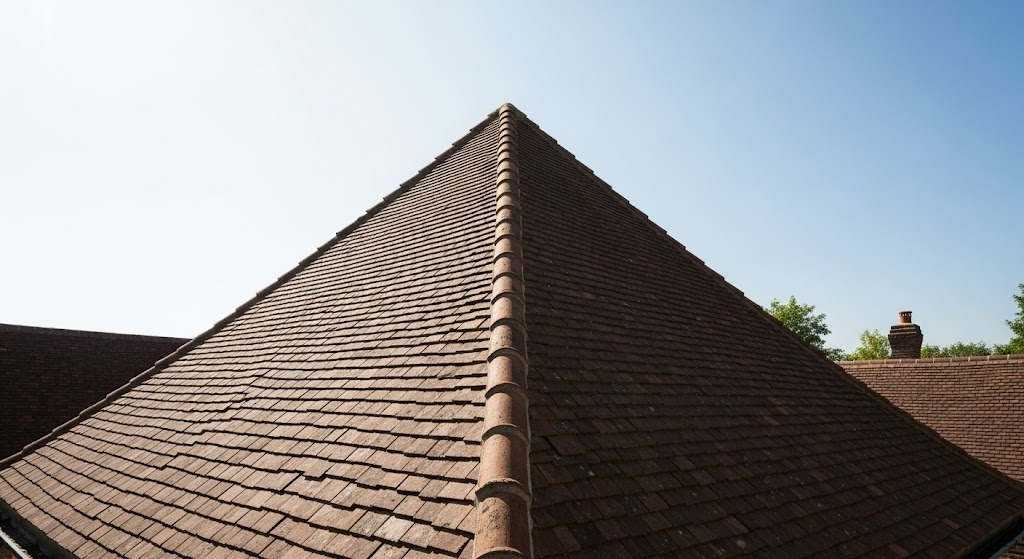
The gable roof is one of the most common and traditional designs, featuring two sloping sides that meet at a peak, forming a triangle.
This simple, cost-effective design allows for excellent water drainage and creates ample attic space.
However, it is vulnerable to wind damage, especially in areas prone to storms, and may require additional bracing to withstand strong winds. It’s ideal for regions with mild to moderate climates.
2. Hip Roof
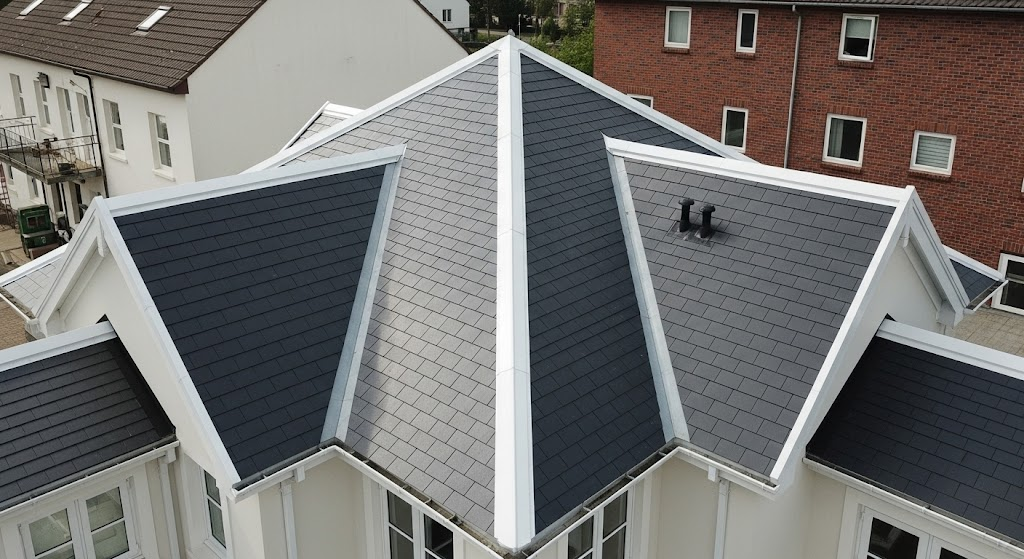
A hip roof has slopes on all four sides that meet at the top to form a ridge. This structure is more stable and offers better wind resistance than a gable roof. Additionally, it provides more attic space than a flat roof.
However, its design and construction are more complex, leading to higher costs. Hip roofs are best suited for areas with high winds or heavy snowfall.
3. Mansard Roof
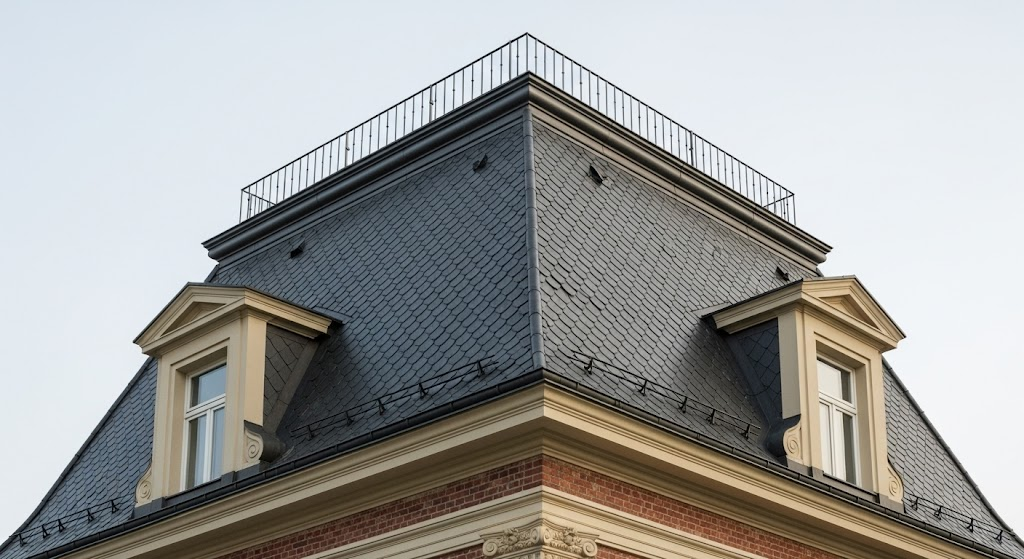
The mansard roof features four sides, with two slopes on each side. The lower slope is steeper than the upper slope, creating more space in the attic.
This roof style is often seen in French architecture and provides a sophisticated, traditional look.
However, it comes with higher construction and maintenance costs and requires regular upkeep to prevent leaks due to the steep lower slope.
4. Gambrel Roof
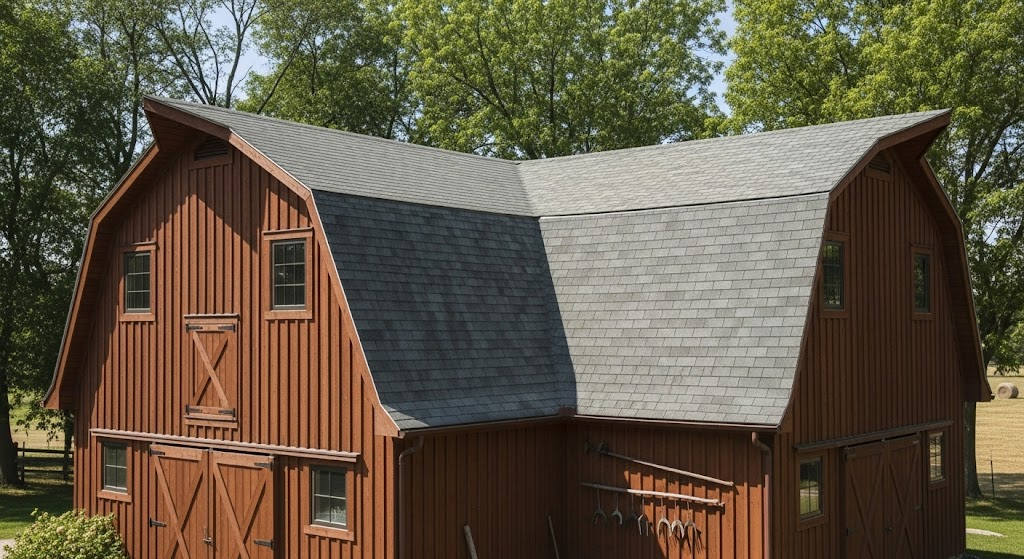
The gambrel roof is similar to the mansard but has two sides instead of four. It’s often seen on barns or homes with a rustic or country style. The design allows for extra headroom and usable attic space.
However, the steep lower slope can be susceptible to wind damage, and the roof requires proper bracing to support its steep pitch, especially in windy areas.
5. Flat Roof
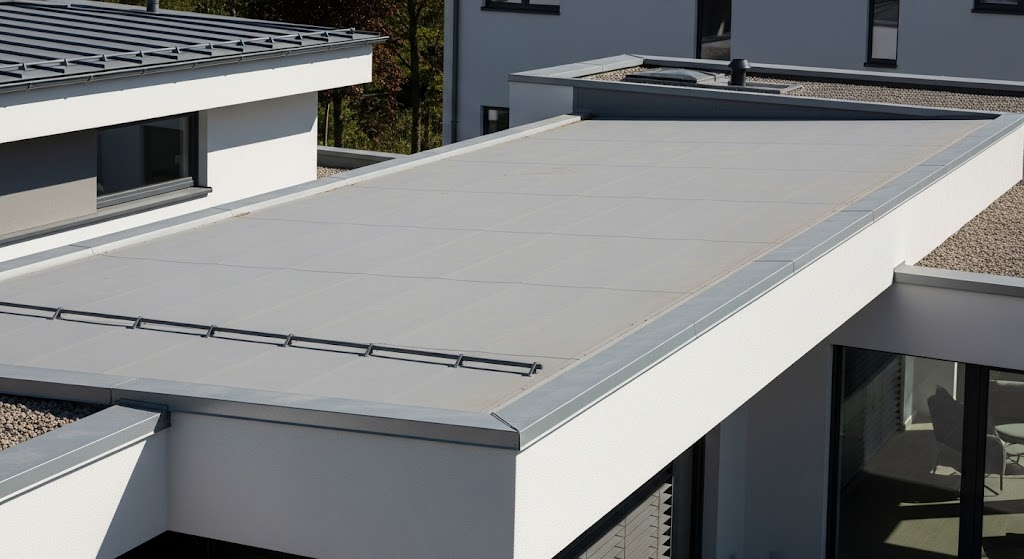
Flat roofs are nearly horizontal with a slight pitch for drainage. They are commonly found in modern or minimalist homes. Flat roofs offer extra space for outdoor living areas or room for solar panels.
However, they are prone to water pooling and leaks if not maintained properly, and they require regular inspections and maintenance to avoid water damage. Flat roofs are more susceptible to weathering over time.
6. Shed Roof
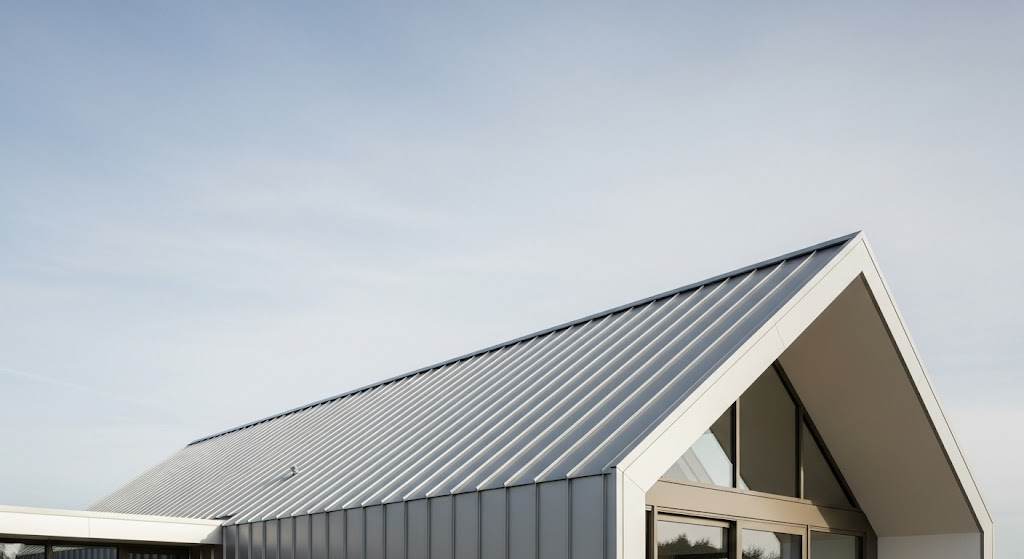
A shed roof features a single-pitched slope, usually used in contemporary or minimalist designs. It is simple, cost-effective, and ideal for homes with high ceilings or open interior spaces.
However, it offers limited attic space and may not suit traditional or more complex architectural styles. The simplicity of the design makes it a great choice for modern, smaller homes or extensions.
7. Butterfly Roof
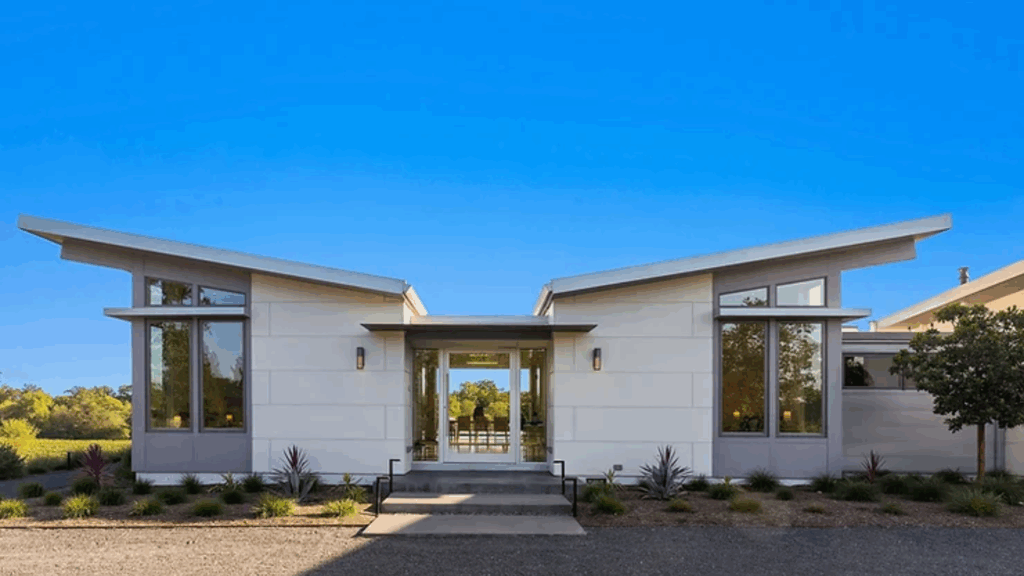
A butterfly roof has an inverted V-shape, where the slopes meet in the middle to form a valley. It’s a modern, visually striking design that collects rainwater and enhances natural light.
However, the butterfly roof requires specialized materials and labor, making the design and construction more complex. This roof type is ideal for homes seeking a unique, futuristic appearance with expansive windows and open interiors.
8. Bonnet Roof
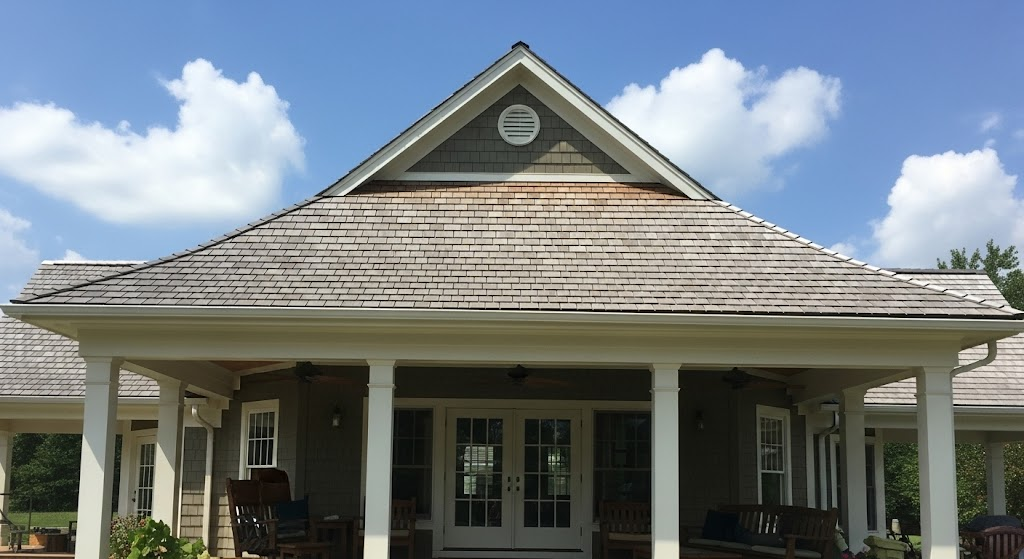
A bonnet roof is a combination of a mansard and gable roof, featuring a gently sloping lower part and a steeper upper slope. It’s often used for porches or outdoor spaces, offering protection from the sun.
The design is attractive and versatile, but it comes with a higher initial cost due to its complexity. It also requires more labor to construct, making it a more expensive option for homeowners.
9. Saltbox Roof
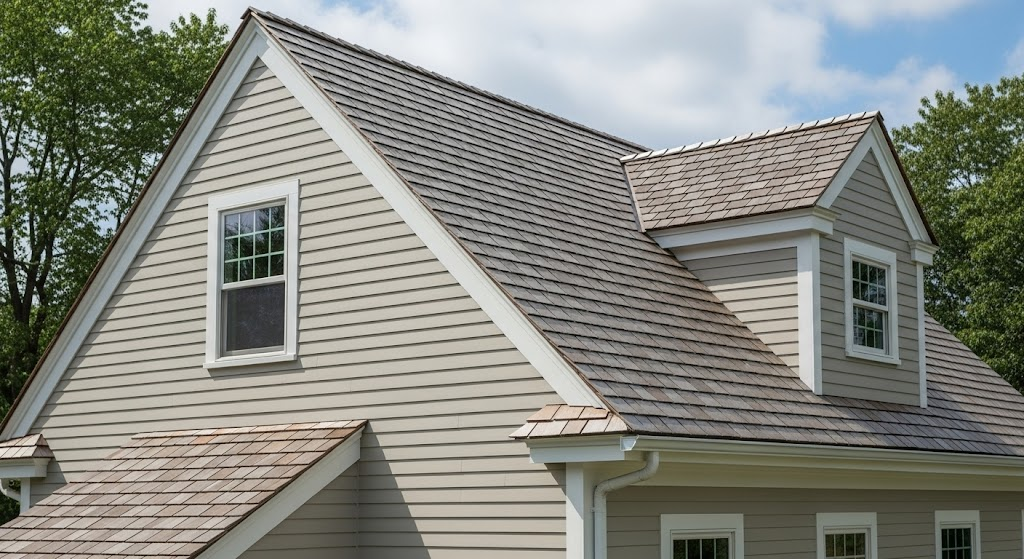
The saltbox roof is asymmetrical, with one side longer than the other, creating a distinctive look. It’s commonly found in colonial homes and historic architecture.
This roof design is effective at shedding snow and rain due to its slope, making it ideal for colder climates.
However, its uneven appearance might not suit modern or contemporary home styles, and achieving the look in new builds can be difficult.
10. Skillion Roof
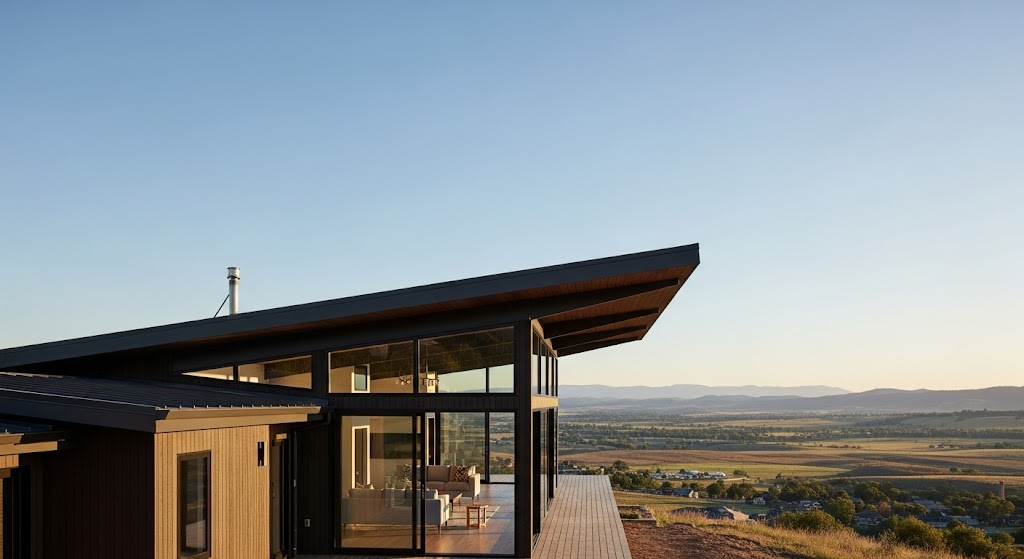
A skillion roof features a single-pitched slope, giving it a sleek, modern look. It’s often used in contemporary homes or industrial-style buildings. The design is simple, cost-effective, and offers a stylish, modern appearance.
However, it provides limited attic space and may not blend well with traditional home designs. Its minimalistic style is better suited for homes that embrace a more modern aesthetic.
11. Dutch Gable Roof
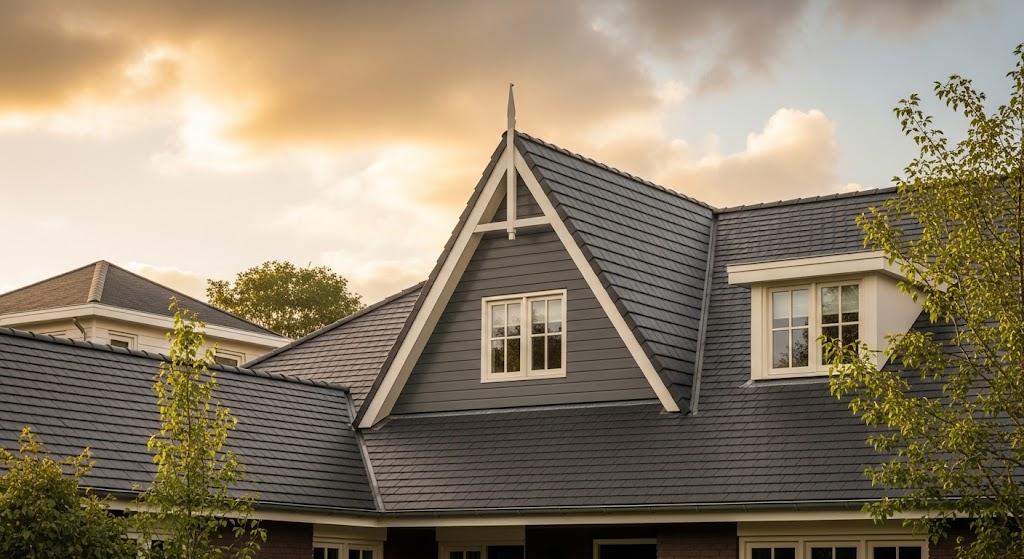
The Dutch gable roof combines elements of both hip and gable roofs, featuring a small gable at the top of a hip roof. This design adds aesthetic appeal and extra attic space.
It’s an excellent choice for homeowners looking for a unique design. However, the Dutch gable roof has a more complex construction process, leading to higher costs compared to simpler gable or hip roof designs.
12. Curved Roof
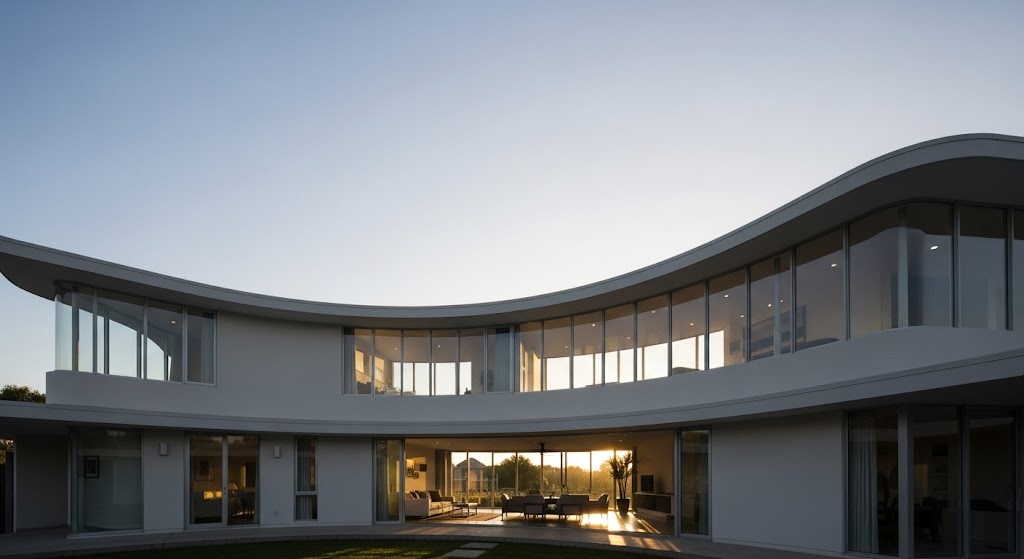
A curved roof features a smooth, continuous curve and is often used in homes with futuristic or unique designs. The curving structure enhances natural light and airflow inside the home, creating a modern aesthetic.
However, curved roofs are expensive to construct and require specialized labor and materials. This roof type is ideal for homeowners looking for an eye-catching and unconventional design but may not fit traditional homes.
13. Dome Roof
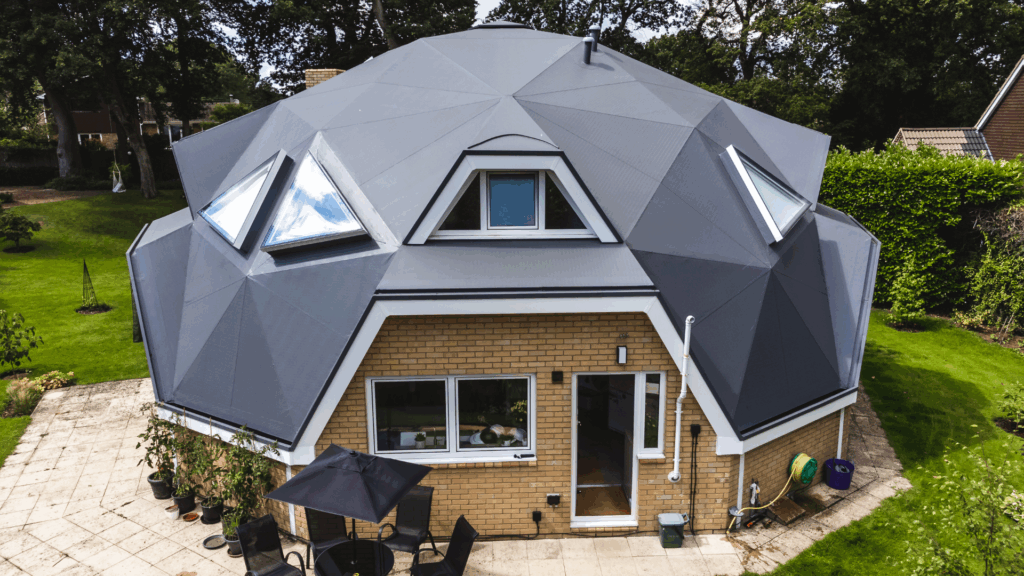
A dome roof is hemispherical in shape, offering energy efficiency and durability. It is naturally ventilated, which helps reduce energy costs by maintaining comfortable indoor temperatures.
Dome roofs are also fire-resistant and extremely durable. However, their unconventional appearance may not blend well with traditional homes, and they can be challenging to build, requiring specialized design and materials.
Best Roof Materials for Residential Homes
When choosing a roof for your home, the material and style are just as important as the design.
| Roofing Material | Description | Ideal For | Key Benefits | Considerations |
|---|---|---|---|---|
| Asphalt Shingles | Affordable, widely available, and easy to install. | Many home types | Cost-effective, easy to install, good variety of styles. | May need more frequent replacement. |
| Metal Roofing | Durable, energy-efficient, and long-lasting. | Modern or contemporary homes | Long-lasting, energy-efficient, low maintenance. | Can be more expensive initially. |
| Clay Tiles | Traditional, weather-resistant, and energy-efficient. | Mediterranean or Spanish-style homes | Durable, weather-resistant, energy-efficient. | Expensive and heavier. |
| Slate | Highly durable and beautiful, it is often used for luxury homes. | Luxury homes | Extremely durable, elegant look. | Expensive, heavy, and costly to install. |
| Wood Shingles/Shakes | Natural aesthetic, ideal for rustic or cottage-style homes. | Rustic or cottage-style homes | Beautiful, natural look, eco-friendly. | Requires more maintenance. |
| Synthetic Roofing | Made from materials like rubber, plastic, or polymer, offering durability. | Various styles and home types | Flexible, durable, low maintenance, variety of options. | May lack the traditional look. |
Factors to Consider When Choosing a Roof
Selecting the right roof involves evaluating several key factors that will influence its performance, longevity, and overall appeal.
Climate & Conditions
- High Winds: Choose gable or hip roofs for better wind resistance.
- Snow & Rain: Opt for steep-sloped roofs like gambrel or mansard to shed snow and rain effectively.
- Mild, Dry Climates: Flat or shed roofs work well in areas with minimal rainfall and wind.
Budget & Maintenance
- Installation Costs: Roofs like metal or slate can be expensive upfront.
- Long-Term Maintenance: Materials like wood shingles require more maintenance compared to asphalt or metal.
- Cost of Labor: Complex roofs (e.g., mansards or domes) can increase installation costs.
Design & Functionality
- Traditional Style: Gable and hip roofs suit classic architecture.
- Modern Design: Flat, shed, or curved roofs are ideal for contemporary homes.
- Rustic Homes: Gambrel, saltbox, or wood-shingled roofs are perfect for country-style homes.
- Luxury Homes: Unique designs like a dome or butterfly roofs add extravagance.
Additional Needs
- Attic & Storage: Steep slopes (e.g., gable, mansard) provide extra attic or storage space.
- Ventilation Needs: Hip roofs are great for improving airflow and reducing moisture buildup.
Conclusion
Choosing the right roof for my home involves considering factors like climate, budget, aesthetic preferences, and functionality.
For example, in areas with high winds, opt for a hip roof, while a flat roof could be ideal for modern homes in dry climates.
Budget is another key consideration, as some materials and roof styles are more expensive than others. Visual preferences play a big role, too, as the roof style should complement the overall architecture.
Functionality is equally important; attic space, outdoor living areas, and ventilation can all influence the final decision.
By carefully weighing all these factors, I can ensure your roof is not only practical but also adds lasting value and beauty to your home.

